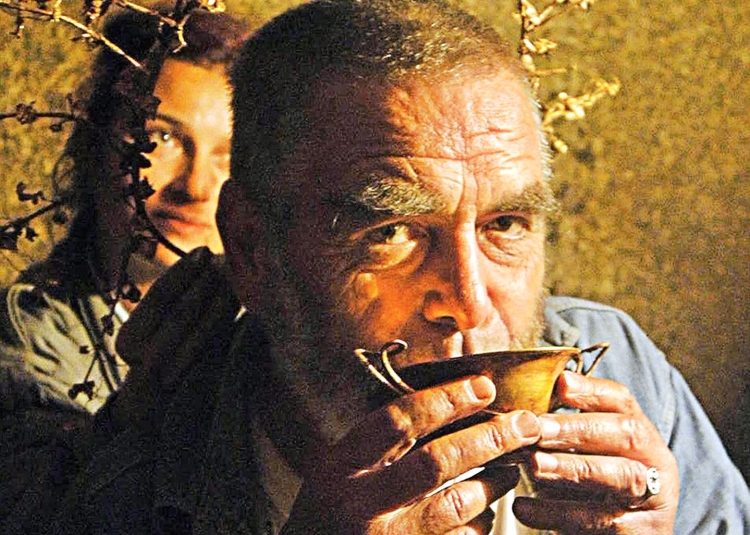BULGARIA—Bulgarian historical circles have been rubbing their hands together recently, with enthusiasm and excitement. For months now, teams of archaeologists have been making discoveries in the “Valley of the Thracian Kings,” and elsewhere, revealing priceless artefacts not seen since the time of the Thracian kings.
Thrace is a geographical and historical area, and features in Greek mythology and literature.
The enfant terrible, Georgi Kitov, Ph.D., excavated two of the Thracian mounds to the east of Sliven, a city in southeast Bulgaria. Kitov specializes in Thracian civilisation, and is as famous for his groundbreaking discoveries in this area, as for the unorthodox and controversial excavation practices he is said to employ.
In one of the 13 mounds in the Kazanluk Valley, the team of scientists discovered traces of a table and chair from the first century of the Roman Empire. This is the same place where the only Thracian city, Sevastopolys, was also discovered and studied. The city was capital for king Seuthes III in around 300 B.C. The abundance of Thracian activity here gives it the title “Valley of the Thracian Kings.” Archaeologists working on the excavations said they are sure the new discoveries will give them a better idea about the Thracian lifestyle, culture, and even furniture.
For example, a grave was discovered in the Anguelova mound, with 11 pitchers, 3 vases, and other clay pots. Unique works of art, ritual objects, and jewellery have also been dug up. Among the most important discoveries, however, are four child graves. The archaeologists say that one of them holds a son or daughter of the “Priest of the Sun”. The child was placed in the tomb without being cremated, as per tradition of the time. The archaeologists will research a further nine mounds around Sliven over the summer.
Seven other graves were found to be hoarding a variety of different ornaments: a pair of golden earrings, rings, crumbled ritual pots, and a ceramic lamp. Again per tradition, they found in every grave a coin—so the diseased could pay the entry fee to get into the netherworld.
Some other tombs had been plundered years ago, though the depth of many meant they were largely untouched. In these deeper tombs they again found jewellery, glass and bronze bracelets, rings, necklaces and seals. Kitov explained that much of the jewellery exhibited very rare craftsmanship. All of it was given to the historical museum in Sliven, for future exhibition.
While Kitov and his team were excavating around Sliven, another archeologist, Daniela Agre, was making her own remarkable discoveries. At the Bulgarian border with Turkey, south of Yambul city, she was unearthing ancient dolmen, and finding, among other things, a unique sarcophagus encrusted with golden jewels, and the grave of a Thracian solder buried with his loyal horse.
The archaeologists are very excited by the excavated dolmen—single chamber tombs, usually related to ancient religious beliefs and rituals, made from stone slabs. Dolmens have been found in Europe, Asia, and Africa, primarily along the coast. They date back to the early Neolithic period, about 10,000 B.C..
One of the most historic breakthroughs of Kitov and his team, however, will be the discovery of a mound containing a Thracian temple from 2500 years ago, with a façade of 7 by 5 meters.
Many are impressed with the discoveries of Kitov’s team and others, and believe that findings from the ancient Thracians may even overshadow those from the Greek civilisation.




